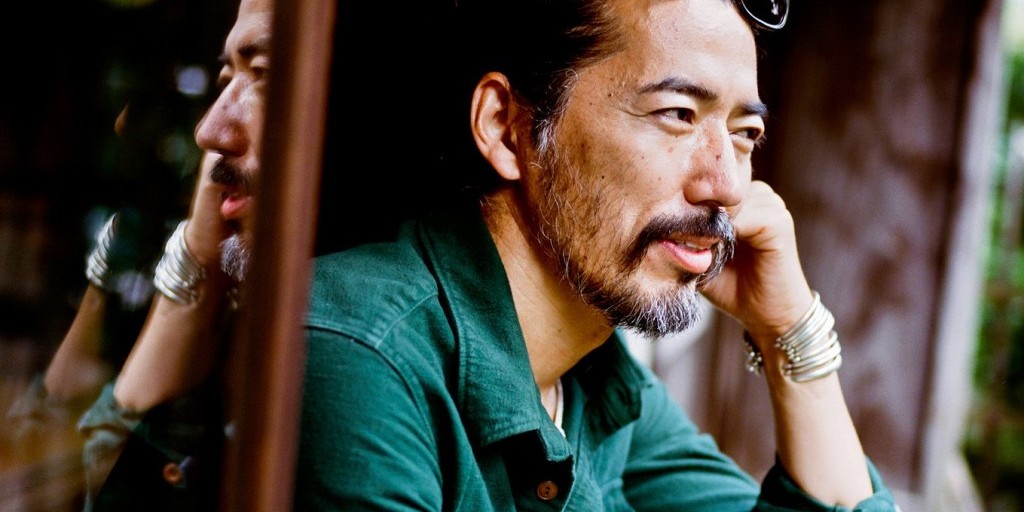Colin Nagy: “In a world of automated precision, there’s beauty in imperfection, and warmth in human touch.”
As demand for the luxurious has increased, mass production standards have made an industry that was once reserved for the wealthy few, widely available to many. But as we have seen countless times, culture reacts to saturation. With that, the next wave of the luxurious could be built on, and rooted in, the imperfections and subtle flaws that accompany the warm human touch. What the Japanese call Wabi Sabi — a worldview centered on the acceptance of transience and imperfection — has adopted a consumer lens in which the patina of human imperfection can be the highest value-add.

This is, of course, particularly evident in the fashion and textiles sectors. Both industries have been deeply affected by mass production. With industrial improvements and automation, clothing and goods are being created at an incredible pace and with incredible efficiency. Really, this has been true since the Industrial Revolution. More and more tasks in the weaving process have been automated. Output has grown. Quality and consistency have improved.
Today, a data-driven brand like Zara can take a coat from design to fifth avenue in 25 days. The Wall Street Journal recently followed the journey of a black, high collar women’s wrap coat from a sketchbook in Spain to a display rack — at a pace that would have seemed impossible even 15 years ago. But with all this perfection and efficiency, one wonders if there is a counterbalance, or even an impending shift.
In his new book, The Inevitable, Kevin Kelly states, “humans can weave cotton cloth with great effort, but automated looms make perfect cloth, by the mile, for a few cents. The only reason to buy handmade cloth today is because you want the imperfections humans introduce.”
Some brands, such as Visvim, are harbingers of this trend. According to Complex (summarizing a Business of Fashion report), “every fabric Visvim uses is developed exclusively for the brand by mills [designer Hiroki Nakamura] personally selects. Though the use of natural dyes, vegetable-tanned leather, and handcrafted details are incredibly time-consuming, this approach is very much in line with his vision of old-meets-new.”
Some the methods he decides to employ are so traditional — and so costly — that even American brands obsessed with craft and provenance don’t, or can’t, use them.
In Mexico, designer, curator, and entrepreneur Regina Pozo Ruiz is reigniting a pre-hispanic technique for weaving furniture and teaching a new generation of artisans how to build furniture with the technique, saving it from extinction. Every piece is built around the same dimensions, but each one takes on its own subtle differences based on the artisan’s own hand and the specifics of the tule material being used.
It isn’t happening in just clothing. The resurgent Japanese craft of Kintsugi is the art of repairing broken pottery with lacquer dusted or mixed with powdered gold. It brings the seam front and center like a scar, and treats the breakage and repair as part of the overall history and spirit of an object.
It finds beauty in the imperfection. In a world of automated precision, bots and hyper efficiency, maybe this idea of subtle, hand touched perfection starts to look compelling — and intensely satisfying.
—
Lean Luxe subscriber Colin Nagy is head of communication strategy at FRED & FARID, a creative agency based in New York, Paris and Shanghai. Follow him on twitter @cjn. The views reflected here are those of the author and do not necessarily reflect the views of Lean Luxe.






